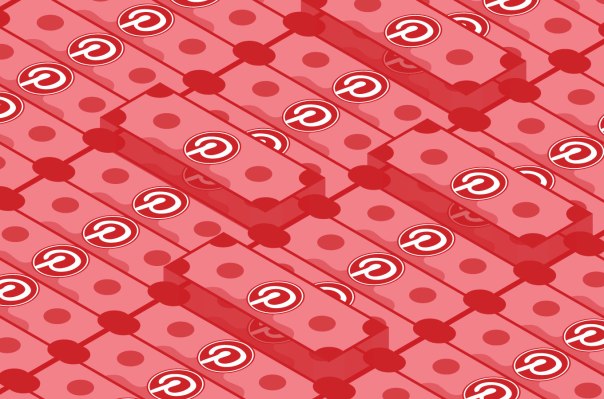As Pinterest opens its doors to advertisers, retailers have been carefully monitoring the service’s ability to drive traffic to their sites, and more importantly, increase conversions that impact their bottom lines.
Over the Black Friday/Cyber Monday shopping holidays, Pinterest delivered on this promise – or so claims a new report from marketing and analytics provider firm Piqora. The company found that Pinterest doubled the revenue sent to retailers on Black Friday, and more than tripled the revenue (up by 3.6x) on Cyber Monday, when compared with the 30-day average preceding the Thanksgiving holiday.
And since the after-Thanksgiving sales began a little early this year, it’s also worth noting that Pinterest drove two times the revenue on turkey day as well.
According to Piqora CEO Sharad Verma, whose company helps retailers and other brands market themselves across the “visual web” on sites like Pinterest, Instagram, and Tumblr, what the Black Friday/Cyber Monday figures show is that Pinterest users aren’t just “pinning for the sake of pinning.”
That discounts a widely held assumption that users on the site have been saving items they found there in a more “aspirational” manner, rather than a practical one. Or to put it more simply, there was concern that a Pinterest save didn’t indicate buying intent.
Says Verma, that’s not so. “[Pinterest users] are pinning to buy and they are going to Pinterest to look for products to buy. They thought of Pinterest as a destination for their holiday shopping circuit,” he explains. “That never happened with F-commerce or Twitter, else we would have known it by now.”
However, though revenue sent to retailers via Pinterest increased over these recent, lucrative shopping days, traffic across the site remained flat. This is because users on Cyber Monday and the like are more in “buying” mode, and less in “collecting or discovery” mode, so the overall clicks on pins and outbound traffic didn’t see any meaningful jump.
But though there were not more clicks, the clicks Pinterest delivered those days were more profitable. “We know that Pinners pin before they buy, and they click on their past pins when they are ready to buy them,” Verma says. “A bulk of those purchases (from self pins) happen between the second day of pinning and four weeks,” he notes.
For retailers, that means those who had optimized their websites for pinning ahead of the Black Friday/Cyber Monday benefitted the most. The higher the share of pins they offered, the larger their Pinterest catalogs, the more the clicks. And, apparently, the more revenue as a result.
For this latest report, Piqora also took the time to study the top tags and images across the site during the Black Friday/Cyber Monday shopping days to determine what exactly people were pinning and buying. Not too surprisingly, given the season, the answer was simply “boots and coats.”
Though the findings are a bit self-serving given Piqora’s interest in helping companies market themselves on Pinterest and elsewhere, its data holds up against reports from others which also previously found Pinterest capable of driving more social media traffic and revenue than Facebook or Twitter. Large retailers are abundant on the site, and though they may not discuss their exact numbers, many have been shown to be very bullish on the benefits of being on Pinterest.
For instance, Nordstrom embraced Pinterest so fully that it’s testing popular Pinterest items on floor displays, and armed sales staff with iPads which contain an internal app showing the most pinned merchandise. Meanwhile, Lowe’s director of social media, Brad Walters, said in an interview earlier this year that the company would consider Pinterest’s advertising platform.
Though Pinterest is a young site, has raised a massive amount of funding which values the business at $3.8 billion, and is only now launching its own advertising platform, the company has momentum among online retailers. According to Internet Retailers’ October study, 59.5% of respondents said they would increase use of Pinterest this holiday season compared with last year. For comparison’s sake, 54.8% said the same about Facebook, and 32.6% said so for Twitter. In addition, 78% of the retailers in the site’s 2013 Top 500 Guide are active on Pinterest.
